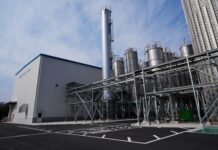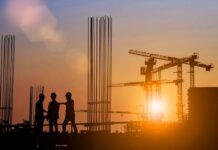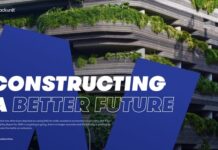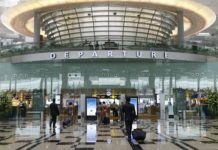With the global populationforecast to increase to more than nine billion by the year 2050, – placing huge strains on energy and natural resource supplies,the world must find new, innovative ways to drive social and economic development, whilst reducing the environmental impact.
That is the challenge the annual World Future Energy Summit (WFES), the Middle East’s largest gathering on future energy,is designed to tackle. WFES leads the UAE’s response to these urgent issues,challengingpolicy makers, thought leaders, academia and corporations from around the world to find solutions that advance the use of renewable energy and clean technology, in the pursuit of sustainable development. Now into its eighth year the event, hosted by Masdar, has put energy diversification at the top of the region’s sustainability agenda.
The Summit addresses the importance of uniting public policy, R&D and the business community to stimulateprivate-public partnerships,encourage entrepreneurship and accelerate action on sustainable energy deployment. Recognised as one of the world’s most influential energy gatherings, WFES, last year, attracted more than 30,000 people from 160 countries. The event has been attended previously by heads-of-state from China, South Korea, Argentina, France, Germany and the United Kingdom.
Theresource challenges faced by MENA countries,as populations rise and economies grow,will top the agenda at the 2015 edition. From reductions in fuel dependency, to ensuring long term economic prosperity, thecase for clean energywithin the MENA regionis solid. Industry analysis suggestsmore than US$100 billion has been allocated to its development by 2020, according Frost and Sullivan. The Kingdom of Saudi Arabia (KSA) alone has plans to investUS$109 billion inthe development of 54GW of renewable energy by 2032.
Taking place from January 19-22, in Abu Dhabi, WFES will provide a window into MENA’s thriving clean tech market, whilst showcasing clean energy hotspots further afield such as sub-Saharan Africa – a region that is home to six of the 10 fastest growing economies in the world. Its energy infrastructure lags behind economic developmentand 500 million people still lack access to electricity, yet Sub-Saharan Africa has the potential to generate more than 170GW of renewable energy.
From the Middle East to Africa, WFES has become central to driving the future of energy, regionally and internationally, says Naji El Haddad, show director of WFES.
“The World Future Energy Summit has built a reputation as an event that drives action. From showcasing the latest market opportunities, to commercializing technologies and applying critical thinking, the event shapes the region’s future energy landscape,”he said.
“Further afield the contribution WFES makes to the global acceleration of renewable energy is becoming evident.Its strength is in its ability to unite technology, policy, academia and investment from across the globe, to cross pollinate ideas, share learnings and move the industry forward.
“This year’s event takes place at a time when the need to balance the global energy mix, address energy security and tackle the energy-water nexus, is more critical than ever,” El Haddad added.
“Once again, we are looking forward to welcoming the industry’s key regional and global players, includingMasdar, ADNOC, BP, Shell, Total, Saudi Aramco, Dolphin Energy and others,to WFES.”
The WFES conference will feature a ministerial panel on Africa’s energy opportunities and a panel discussion on Saudi Arabia’s ambitious vision for renewable energy. There will also be sessions on Egypt’s energy needsand Morocco’s transition from an energy importer to a net energy exporter,withthe implementation of a robust regulatory framework and a target of 42 per cent of energy generated from renewable sources by 2020.
The rise of shaleand its impact on the adoption of renewable energy,will be debated, as well as the role of cities in combating climate change, and the building of a clean energy future in the UAE.
Delegateswill alsohear case studies from South Africa, where incentives have created one of the fastest growing clean energy markets in the world. In addition, they willbenefit from workshops on ways to operate and optimise solar Photo Voltaic (PV) and Concentrated Solar Power (CSP) facilities.






























